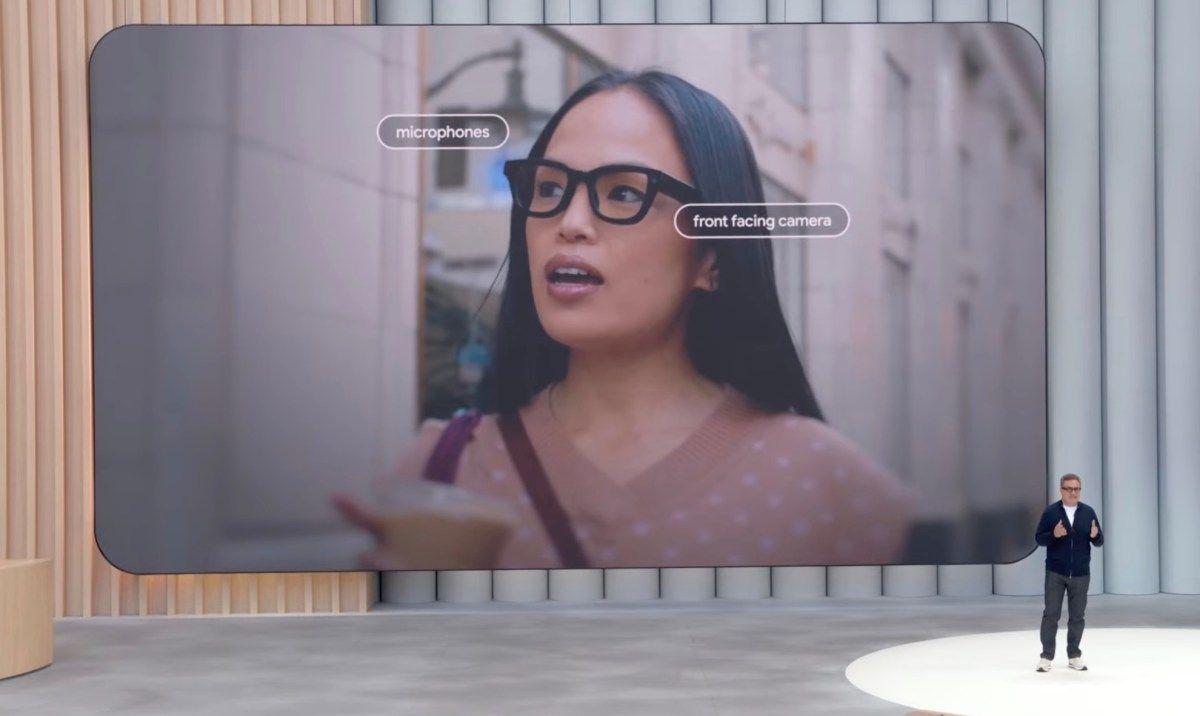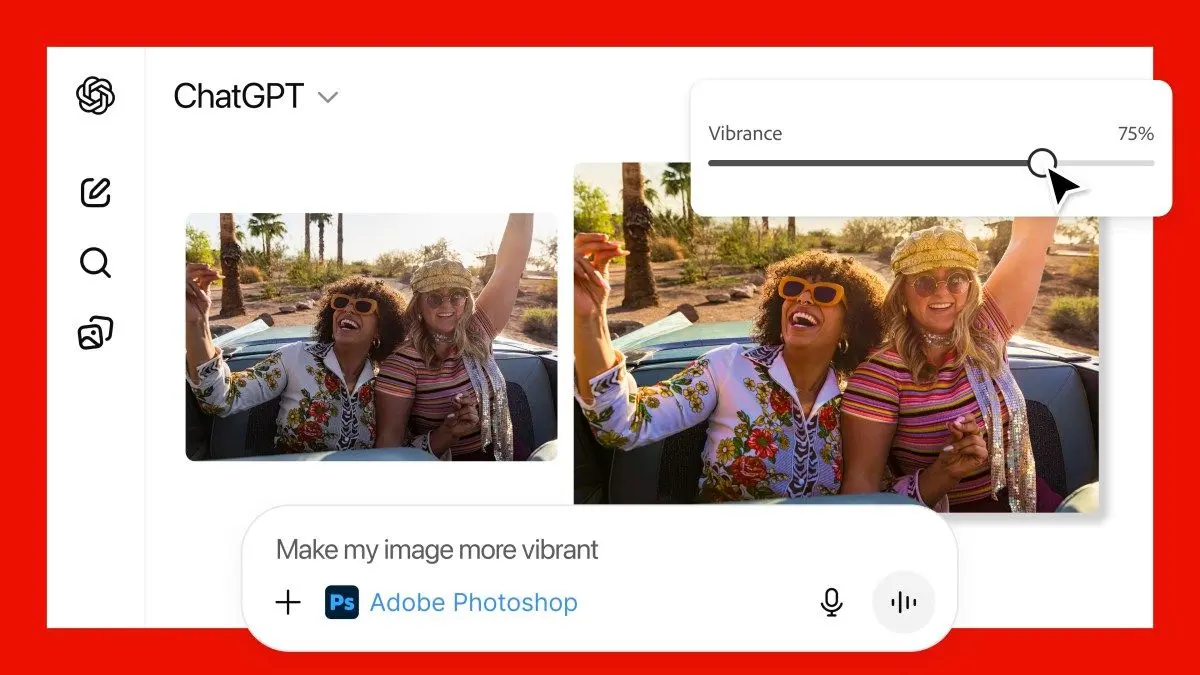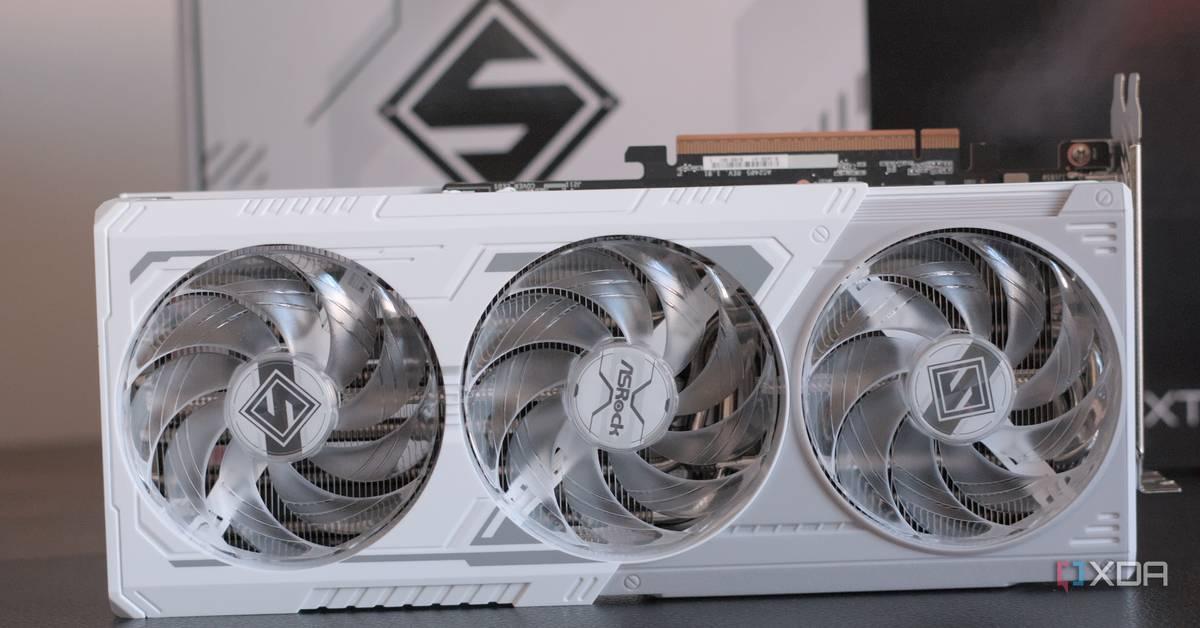Liquid AI Unveils Tiny Yet Powerful 'Nano' Models for On-Device AI
2 Sources
2 Sources
[1]
What if we've been doing agentic AI all wrong? MIT offshoot Liquid AI offers new small, task-specific Liquid Nano models
Liquid AI, a startup pursuing alternatives to the popular "transformer"-based AI models that have come to define the generative AI era, is announcing not one, not two, but a whole family of six different types of AI models called Liquid Nanos that it says are better suited to the "reality of most AI deployments" in enterprises and organizations than the larger foundation models from rivals like OpenAI, Google, and Anthropic. Liquid Nanos are task-specific foundation models that range from 350 million to 2.6 billion parameters, targeted towards enterprise deployments -- basically, you can set and forget these things on enterprise-grade, field devices from laptops to smartphones to even sensor arrays and small robots. According to the company, Liquid Nanos deliver performance that rivals far larger models on specialized, agentic workflows such as multilingual data extraction, translation, retrieval-augmented (RAG) question answering, low-latency tool and function calling, math reasoning, and more. It's an alternative approach to what we've seen so far from the "agentic AI" wave that many companies have sought to ride lately. Typically, a company will use a larger foundation model like the kind offered by Google, OpenAI, Anthropic or others, and seek to focus it narrowly on a task using prompting and memory. Of course, this relies on these more powerful, centralized models on cloud servers -- and thus suffer in areas with poor internet connectivity or for privacy and security-focused applications, and have more limitations on how they can be modified or customized. By shifting computation onto the device rather than relying on cloud infrastructure, Liquid Nanos aim to improve speed, reduce costs, enhance privacy, and enable applications in enterprise and research-grade environments where connectivity or energy use is constrained. The company calls this out directly in its blog post, stating: "In our society, people won't be using one general assistant. Instead, they will rely on multiple small, task-specific agents that live across their devices (phone, laptop, car, watch, home hub), apps (mail, calendar, documents, browser, shopping, travel, finance), and the services they interact with (each bank/telco/retailer/healthcare provider often runs per-user agents for personalization, support, risk, and compliance). Add ephemeral micro-agents spun up during workflows (RAG fetchers, extractors, translators, tool-callers) and background security/automation agents, and you quickly reach ~100 agents per person." Task-specific offerings The first set of models in the Liquid Nanos lineup are designed for specialized use cases: These models target specific tasks where small, fine-tuned architectures can match or even outperform generalist systems more than 100 billion parameters in size. Evaluation results Liquid AI reports that its extraction models outperform much larger systems in benchmarks measuring syntax validity, accuracy, and faithfulness. The LFM2-1.2B-Extract model, for instance, produces structured outputs in multiple languages at a level that exceeds Gemma 3 27B, a model more than 20 times its size. For translation, the LFM2-350M-ENJP-MT model was evaluated using the llm-jp-eval benchmark and showed competitive performance against GPT-4o. Similarly, the RAG-focused 1.2B model was tested against peers of similar size and found to be competitive across groundedness, relevance, and helpfulness. Community-driven contributions also show measurable gains. The Luth-LFM2 series improves French benchmark scores while also raising performance on English tasks, demonstrating that targeted specialization can enhance cross-lingual results. Availability and licensing Liquid Nanos are available immediately. Developers can download and deploy them through the Liquid Edge AI Platform (LEAP) on iOS, Android, and laptops, as well as through Hugging Face. Integration options include SDKs and modular composition into multi-agent systems. They're all made available under Liquid AI's custom LFM Open License v1.0. It's not fully open source, and will be reminiscent to those familiar with Meta's licensing terms for its Llama AI models. The LFM Open License v1.0 gives developers broad rights to use, modify, and distribute Liquid AI's models, with a key condition tied to revenue. Individuals, researchers, nonprofits, and companies making under $10 million annually can use the models for both research and commercial purposes free of charge. Redistribution and derivative works are allowed so long as attribution is maintained, modifications are documented, and license terms are included. The license also includes patent rights from contributors, though these terminate if the user initiates patent litigation. For enterprises above the $10 million annual revenue threshold, the license does not grant rights to commercial use. Larger organizations must negotiate separate commercial agreements with Liquid AI if they wish to deploy the models in products or services. In practice, this means startups, academics, and smaller companies can adopt and experiment with Liquid's models without barriers, while larger enterprises face licensing costs or restrictions before scaling deployments. Liquid AI is also working with Fortune 500 partners in industries such as consumer electronics, automotive, e-commerce, and finance to provide customized deployments. In addition, the Apollo mobile app, available for free on the Apple App Store, allows users to experiment with the models on-device. Why small models matter Over the last several years, advances in AI have largely been powered by increasingly large models hosted in data centers. This has allowed broad improvements in language understanding and reasoning but comes with trade-offs in cost, latency, and privacy. For many use cases, transmitting every request to the cloud is impractical. Liquid AI frames Nanos as a reversal of this model: instead of shipping data to frontier-scale systems, intelligence is shipped to the device. The models run within 100MB to 2GB of memory, making them feasible for deployment on modern mobile hardware. Ramin Hasani, Liquid AI's co-founder and CEO, a former AI Scientist at the Massachusetts Institute of Technology's esteemed Computer Science & Artificial Intelligence Laboratory, placed the launch in the wider context of rising infrastructure costs. He pointed out that more than a trillion dollars is expected to be invested in data centers by 2027, but the economics of such spending are uncertain unless efficiency keeps improving. In his view, the more sustainable approach is hybrid, with lightweight inference handled on devices and only the most demanding tasks escalated to the cloud. "With Nanos delivering frontier-level results on specialized tasks, and running locally on devices, this is our first step toward planet-scale, device-cloud AI that is both accessible and economically sane," he wrote on X. "Let's move the median token to the edge!" Company origins and earlier releases Liquid AI was founded by former researchers from MIT CSAIL to develop foundation models beyond the transformer-based architecture that underpins most large language models. From the outset, the company positioned itself as an alternative to transformer dominance, building models from principles rooted in dynamical systems, signal processing, and numerical linear algebra. The company's first public release came in September 2024 with the debut of Liquid Foundation Models (LFMs). These non-transformer models were offered in three parameter sizes -- 1.3B, 3B, and a 40B Mixture-of-Experts variant -- and quickly attracted attention for outperforming similarly sized transformer systems. In April 2025, Liquid AI extended its architectural experimentation with Hyena Edge, a convolution-based hybrid model designed for smartphones and edge deployments. July 2025 marked the launch of LFM2, the company's second-generation architecture. Designed to deliver the fastest on-device inference in its class, LFM2 achieved up to 2x faster decode and prefill speeds on CPUs compared to Qwen3 and provided 3x training efficiency over the previous generation. To support adoption, Liquid AI simultaneously introduced the Liquid Edge AI Platform (LEAP), a cross-platform SDK for iOS and Android that simplifies deploying small models locally. LEAP allows developers to integrate compact models with minimal machine learning expertise, while its companion iOS app, Apollo, enables offline testing. Together, the tools reflected the company's emphasis on decentralizing AI execution away from cloud dependence. Across these releases, Liquid AI has consistently advanced an approach centered on efficiency and adaptability. From its initial non-transformer LFMs to specialized edge-focused models, the company has sought to demonstrate that small, fast models can rival much larger systems while making AI more accessible across devices and industries. Looking ahead The launch of Liquid Nanos underscores a shift in AI deployment strategy toward smaller, more specialized systems that can operate independently of the cloud. While the industry race to scale up model sizes continues, Liquid AI is betting that compact, task-oriented models will enable broader adoption and new classes of applications, particularly in settings where privacy, latency, or cost present significant barriers.
[2]
Liquid AI debuts extremely small, high-performance foundation models for on-device processing - SiliconANGLE
Liquid AI debuts extremely small, high-performance foundation models for on-device processing Liquid AI Inc., an artificial intelligence startup building AI models with a novel architecture that provides high performance for size, today announced a breakthrough in AI training and customization for extremely small models capable of delivering OpenAI GPT-4o-level capability for specialized tasks. The new models, called "Nanos," run between 350 million and 2.6 billion parameters, small enough to run locally on phones, laptops and embedded devices. Small and compact frontier large language models enable users to perform AI tasks directly on their devices, eliminating the need for cloud support. By processing all AI inference locally, users can enjoy AI-driven insights and conversational capabilities while ensuring their privacy is maintained. "Nanos flip the deployment model," said Liquid AI Chief Executive Ramin Hasani. "Instead of shipping every token to a data center, we ship intelligence to the device. That unlocks speed, privacy, resilience and a cost profile that finally scales to everyone." Liquid said Nanos, despite their tiny size, approach reliability on a frontier level and provide the foundation for agentic AI capabilities on device with precise data extraction, structured output generation, multilingual transition across more than 10 languages, retrieval-augmented generation or RAG support, mathematical reasoning and tool calling capabilities. The company is launching seven task-specific Nanos in the initial release, with plans to expand the family. They include LFM2-350M-ENJP-MT, a Japanese-English translation model that can run on smartphones, and LFM-350M-Extract, a multilingual data extraction model that can be used to pull information from invoice emails and format it into JSON, a common data structure for exchange. Liquid said both 350 million-parameter models surpass the quality of generalist open-source models more than 10 times their size. LFM2-350M-ENJP-MT has also been shown to deliver Japanese and English translation on par with GPT-4o, a model estimated to be more than 500 times larger. The company trained the Japanese translation model on a broad range of text, including chat messages, multi-paragraph news articles, technical papers and formal writing. Liquid noted it was evaluated on the public llm-jp-eval benchmarks, which primarily consists of short translations of one- to two-sentence articles from Wikipedia and single-sentence news items. In the 1.2 billion-parameter size, the company released an extraction model, a model designed for answering questions based on large amounts of information using RAG, a technique used to retrieve the most relevant, up-to-date information from external knowledge sources, and a function-calling model. In one example, Nano LFM2-1.2B-Extract, the larger version of the 350M model, can output complex data objects in different languages with better performance than Google LLC's Gemma 3 27B, a model more than 20 times its size, and is competitive in performance with GPT-4o. It's also small enough to run on most current-generation smartphones. By developing ultra-small, high-performance task-specific models, Liquid said, it's providing a support network for AI agents running on devices. Instead of relying on a single, high-power generalist AI, an app can outsource its task-specific needs to smaller, more energy-efficient models to support intelligence and automation. "Liquid Nanos provide the task-specific performance of large frontier models at zero marginal inference cost," said Chief Technology Officer Mathias Lechner. "Our enterprise customers have successfully deployed Liquid Nanos in scenarios ranging from high-throughput cloud instances at massive scale to running fully local on low-power embedded devices." Liquid's models are built using a specialized architecture based on the concept of "liquid neural networks," a classification of AI networks that differs from generative pretrained transformer-based models, or GPTs, that are the foundation for today's popular chatbots such as ChatGPT and Gemini. The company stated that this architecture enables its model to deliver performance that is comparable to, or even better than, traditional LLMs currently available on the market. "Liquid's Nanos represents a powerful inflection point for AI PCs, delivering frontier-level performance in a compact, energy-efficient form," said Mark Papermaster, chief technology officer and executive vice president at Advanced Micro Devices Inc. Papermaster added that AMD believes on-device intelligence is key to scaling AI broadly with sustainability in mind. Because on-device AI models don't require power-hungry data centers to perform, the more processing that happens on smartphones, laptops and PCs, the less overall energy they consume. The company said Liquid Nanos are not available on the Liquid Edge AI Platform, LEAP, for download and integration on iOS and Android mobile phones and laptops. Developers can also access the new models on Hugging Face and use them directly out of the box with a broad license for academics, developers and small businesses.
Share
Share
Copy Link
Liquid AI introduces a family of small, task-specific AI models called Liquid Nanos, designed for on-device processing. These models aim to rival larger foundation models in performance while offering improved speed, privacy, and efficiency.

Liquid AI Introduces Groundbreaking 'Nano' Models
Liquid AI, a startup born from MIT, is challenging the status quo of large language models with its new family of AI models called Liquid Nanos
1
. These task-specific foundation models, ranging from 350 million to 2.6 billion parameters, are designed to deliver high performance for specialized AI tasks while running directly on devices like smartphones, laptops, and even small robots1
2
.On-Device Processing: A Game-Changer for AI
The Liquid Nanos represent a significant shift in AI deployment strategy. By processing AI tasks locally, these models offer several advantages:
- Improved speed and reduced latency
- Enhanced privacy and security
- Lower costs and energy consumption
- Ability to function in areas with poor internet connectivity
1
2
This approach aligns with the vision of a future where users rely on multiple small, task-specific AI agents across various devices and applications, rather than a single general assistant
1
.Impressive Performance in a Small Package
Despite their compact size, Liquid Nanos have demonstrated remarkable capabilities:
- The LFM2-1.2B-Extract model outperforms Google's Gemma 3 27B (a model 20 times larger) in multilingual data extraction
1
. - The LFM2-350M-ENJP-MT translation model shows competitive performance against GPT-4o in Japanese-English translation
1
2
. - Various models excel in tasks such as RAG question answering, function calling, and math reasoning
1
2
.
Related Stories
Availability and Licensing
Liquid Nanos are immediately available through the Liquid Edge AI Platform (LEAP) and Hugging Face. The models are released under the LFM Open License v1.0, which allows free use for individuals, researchers, nonprofits, and smaller companies, while larger enterprises need to negotiate commercial agreements
1
2
.Industry Impact and Future Implications
The introduction of Liquid Nanos could revolutionize AI deployment in various sectors, from enterprise applications to consumer devices. AMD's CTO, Mark Papermaster, hailed the development as a "powerful inflection point for AI PCs," emphasizing the potential for more sustainable and efficient AI processing
2
.As Liquid AI continues to expand its Nano model family, the technology promises to unlock new possibilities for on-device AI, potentially reshaping the landscape of artificial intelligence applications across industries.
References
Summarized by
Navi
[1]
Related Stories
Recent Highlights
1
AI Chatbots Sway Voters More Effectively Than Traditional Political Ads, New Studies Reveal
Science and Research

2
Google AI glasses set to launch in 2026 with Gemini and Android XR across multiple partners
Technology

3
EU Launches Antitrust Probe Into Google's AI Training Practices and Content Usage
Policy and Regulation







